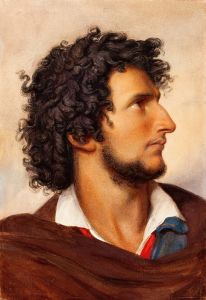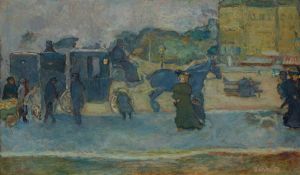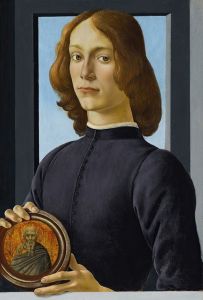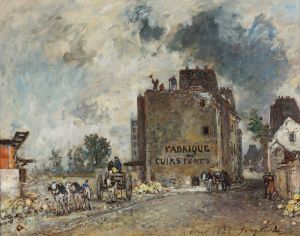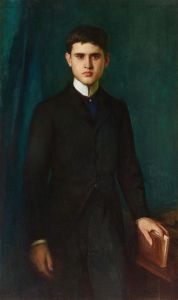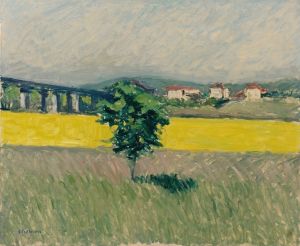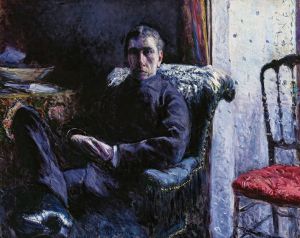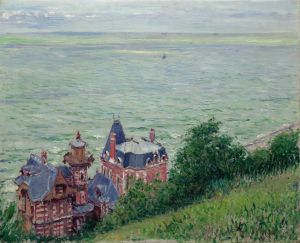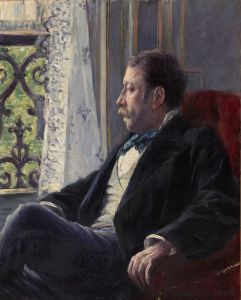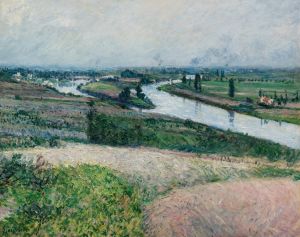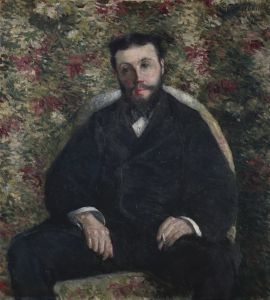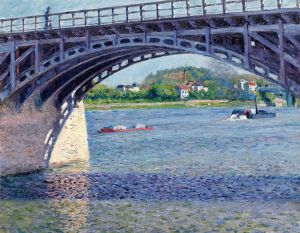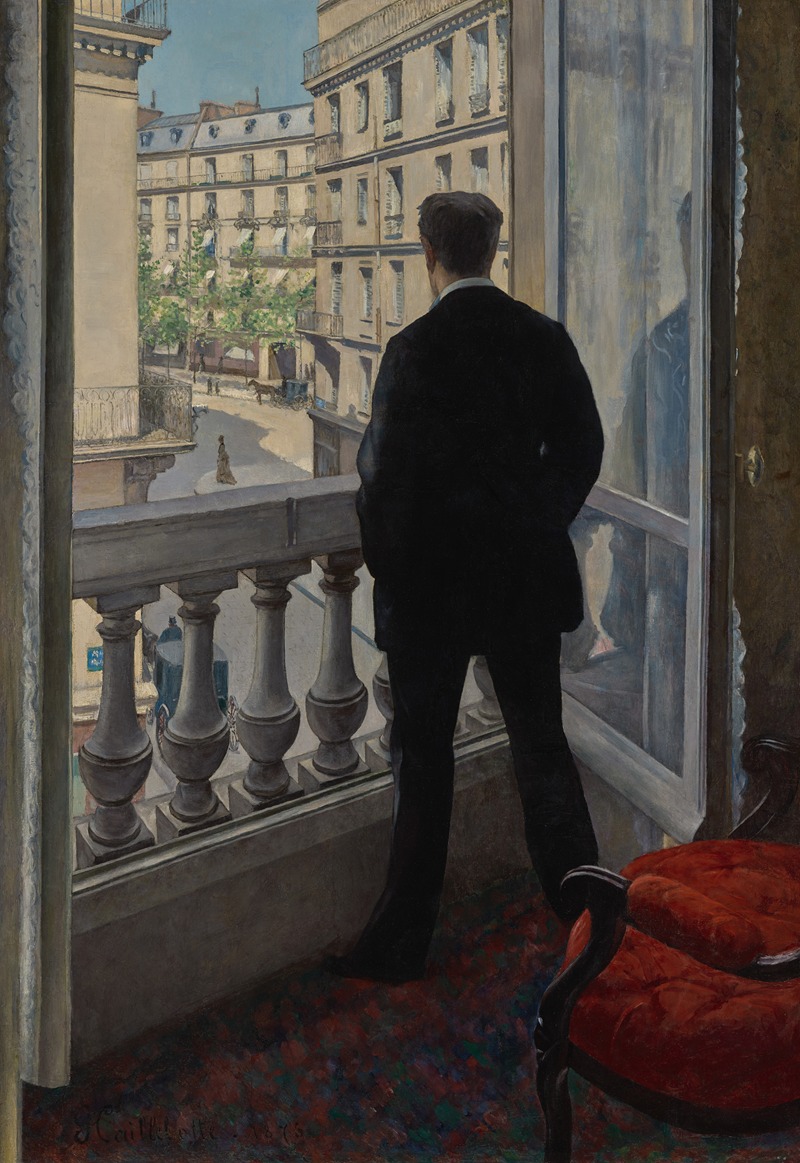
Young Man at His Window
A hand-painted replica of Gustave Caillebotte’s masterpiece Young Man at His Window, meticulously crafted by professional artists to capture the true essence of the original. Each piece is created with museum-quality canvas and rare mineral pigments, carefully painted by experienced artists with delicate brushstrokes and rich, layered colors to perfectly recreate the texture of the original artwork. Unlike machine-printed reproductions, this hand-painted version brings the painting to life, infused with the artist’s emotions and skill in every stroke. Whether for personal collection or home decoration, it instantly elevates the artistic atmosphere of any space.
"Young Man at His Window" is an oil painting created by the French artist Gustave Caillebotte in 1875. Caillebotte, who was associated with the Impressionist movement, is known for his detailed and realistic depictions of urban life in Paris during the late 19th century. This particular painting is a notable example of his work, showcasing his interest in perspective, modernity, and the private lives of individuals within the bustling city.
The painting measures 117 by 82 centimeters and is housed in the J. Paul Getty Museum in Los Angeles, California. It depicts a young man standing at a window, gazing out onto the street below. The figure is believed to be Caillebotte's brother, René, who frequently appeared in his works. The young man is dressed in contemporary attire, which includes a dark suit and a hat, emphasizing the fashion of the time.
Caillebotte's composition is carefully constructed to draw the viewer's eye through the window and into the urban landscape beyond. The window acts as a frame within the frame, a technique that Caillebotte often employed to create a sense of depth and to highlight the contrast between the interior and exterior worlds. The painting captures a moment of introspection and observation, as the subject appears to be lost in thought while observing the world outside.
The view from the window reveals a typical Parisian street scene, with buildings and a tree-lined boulevard. This setting reflects the rapid modernization of Paris during the late 19th century, a theme that Caillebotte frequently explored in his work. The painting's attention to architectural detail and the play of light and shadow demonstrate Caillebotte's skill in rendering the urban environment with precision and clarity.
"Young Man at His Window" is significant not only for its technical execution but also for its exploration of themes such as isolation, observation, and the relationship between individuals and their surroundings. Caillebotte's work often delved into the psychological aspects of modern life, capturing the sense of anonymity and detachment that could be experienced in a rapidly changing city.
Caillebotte's approach to painting was somewhat distinct from his Impressionist peers, as he often employed a more realistic and structured style. However, his focus on contemporary subjects and his innovative use of perspective aligned him with the movement's ideals. His work was initially met with mixed reviews, but he has since been recognized as a pivotal figure in the development of modern art.
"Young Man at His Window" exemplifies Caillebotte's ability to blend realism with a modern sensibility, offering viewers a glimpse into the private moments of individuals amidst the backdrop of a transforming Paris. The painting remains an important piece within Caillebotte's oeuvre and continues to be studied for its artistic and historical significance.





